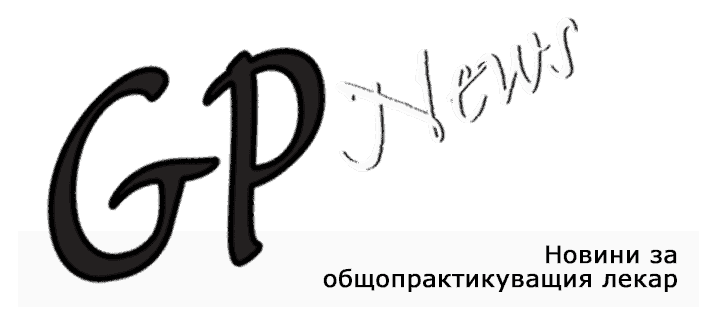
Issue 10/2023
Kirova, T., Kalaidjiev, A., Voinov, L., Yordanov, G.
Military Medical Academy, Department of Ophthalmology, Otorhinolaryngology and Oral Surgery, Ophthalmic Clinic at the Academy of Medical Sciences – Sofia
Cataract, as a socially significant phenomenon, is the most common cause of reduced vision in the middle-aged population and is an indication for surgical treatment in ophthalmology. According to WHO data from 2014, about 20 million people worldwide suffer from blindness due to cataracts. With the help of different surgical techniques and advances in implanting different types of intraocular lenses, people with cataracts do not have to adjust to reduced vision.
The development of intraocular lenses (IOLs) has come a long way, and now there are new generations of premium lenses that ensure complete independence from glasses for the patient. An outstanding advance in medicine is the use of laser technologies aimed at applying a minimum of energy with a large effect. The standard ultrasound-assisted surgical technique uses more energy and leads to unwanted damage to the endothelium, and therefore laser-assisted surgery is increasingly preferred. Over the past 20 years, cataract surgery has undergone intensive development, aiming for maximum objective results, patient satisfaction with minimal risk. One of the main directions of this development is the reduction of manual stages in the surgical procedure, which depend exclusively on the experience and skill of the surgeon and are risky for various types of complications.
Key words: cataract, laser-assisted cataract surgery, extended depth of focus lenses
Address for correspondence:
Kirova, T.
Military Medical Academy,
Department of Ophthalmology
3, „G. Sofisky“, Blvd.
1606, Sofia
